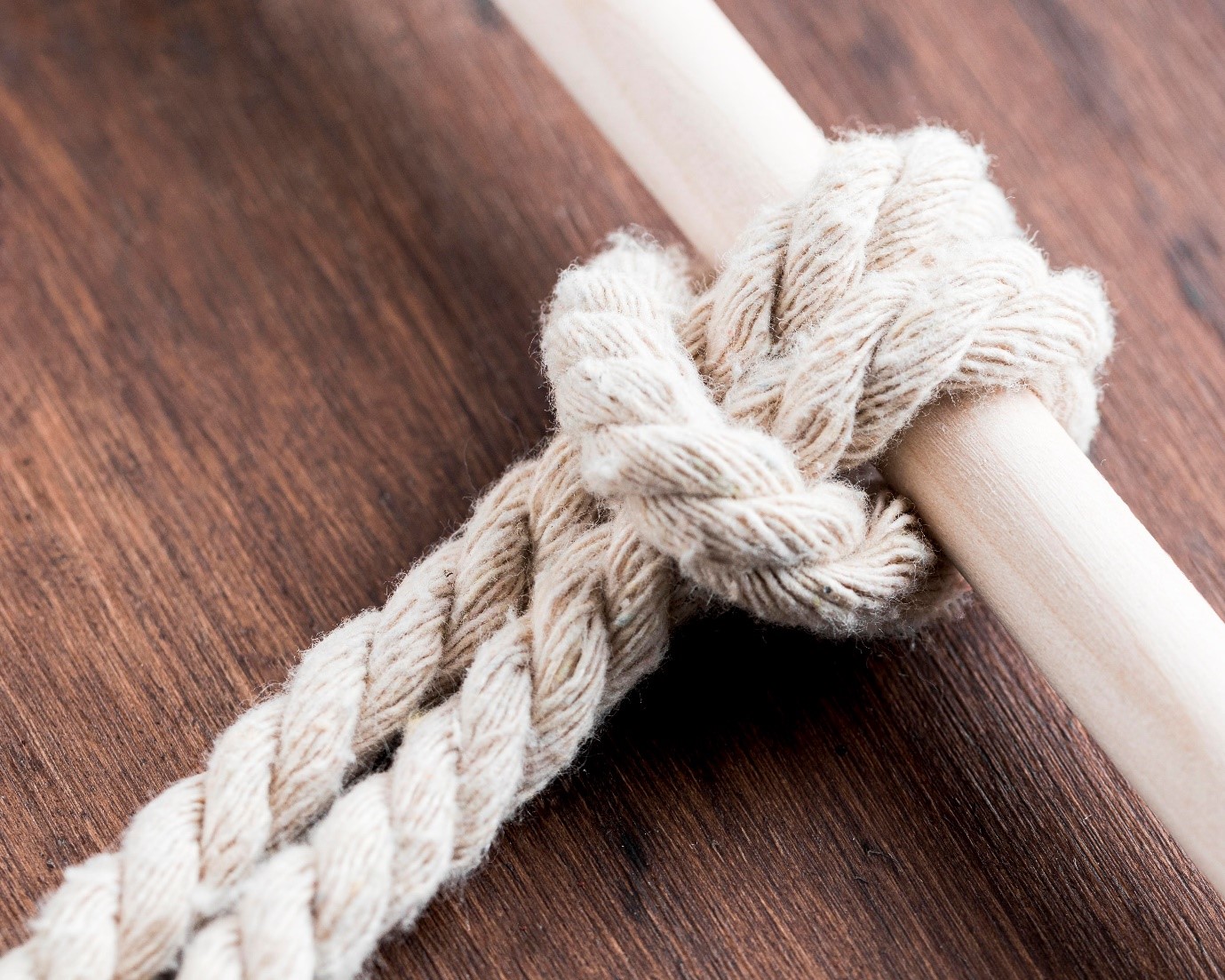
Are you redoing your backyard and considering using double braid ropes for your new tree swing? Or perhaps taking up mountain climbing and need robust ropes for your gear? Double braid ropes are an incredibly practical tool for a broad host of applications; from the exhilarating climbs on a mountain surface to the simple pleasures of a backyard swing. But have you ever wondered about the correct and safe way to utilize them? The wonderful aesthetics of double braid ropes have the capacity to mask the inherent dangers and risks. Today, we’ll dive deep into the safety measures to consider when using these strong, flexible allies in your DIY or outdoor adventure projects.
From the correct handling methods to storage tips, understanding how to use these ropes correctly can prevent accidents and prolong their lifespan. The strength and flexibility of these ropes are perfect for harnessing your creativity and undertaking mighty endeavors. However, the misuse or misinterpretation of their strength can prove costly, both in terms of personal safety and financial strain.
By the end of this blog post, you will not only appreciate the scope of double-braid ropes’ utility, but you will be enlightened on the proper safety measures, usage, and storage of double braid ropes. So, whether you’re a DIY enthusiast or an adventurous spirit gearing up for your next expedition, keep reading to stay safe and informed.
Knowing What Double Braid Ropes Are – And What They Aren’t
Firstly, we must clarify what double braid ropes are and debunk any misconceptions about their function and usage. Double braid rope is characteristically robust due to its construction – an inner braid sheathed by another outer braid. This double-layer provides strength, flexibility and is manufactured in a manner that can withstand substantial weight and strain.
However, it’s important to understand double braid ropes are not a one-size-fits-all tool. Different conditions, purposes, and environments require different rope compositions, leading us to our next section.

Material Selection: Understanding the Pros and Cons
Material selection is paramount. Nylon, polyester, and polypropylene offer unique advantages and disadvantages – choosing wisely is necessary. Nylon excels in stretch resistance, while polyester outperforms in terms of UV protection. Polypropylene, on the other hand, tops the charts for being lightweight and economical.
Decoding Load Limits and Weight Capacities
Understanding load limits and weight capacities is mission-critical. Avoid pushing your rope beyond its tested limit, as this not only compromises safety but also reduces rope longevity.
Harnessing the Power of Proper Knot Techniques
Mastering knot techniques can drastically increase your rope’s functionality and safety. From the secure yet user-friendly Bowline knot to the load-bearing Figure-Eight knot, understanding the nuance of knot-craft makes a world of difference.
Storing Your Double Braid Rope: Best Methods for Longevity
Proper rope storage mitigates the risk of premature wear and tear, prolonging the lifespan of your double braid rope. Dry, cool spaces with minimal direct sunlight yield the best results.
Regular Rope Health Checks
Regular rope checks are pivotal in maintaining rope health and user safety. Check for fraying, discolouration, and any other indicators of deterioration or damage.
Conclusion
It’s clear double braid ropes harbour a wealth of potential for both your home DIY projects and outdoor adventures. However, respecting their correct usage, understanding their limitations, and maintaining their condition is not only wise but lifesaving. Unravel this knowledge, knot it firmly within your mind, and the art of tug and knot will surely serve you well in your endeavours. Adventure lies just outside the bight, and now you’re equipped to tackle it safely, head-on. Double braid ropes are not just tools; they are lifelines in the literal and metaphorical sense. Treat them with respect and reap the rewards of their reliable strength and flexibility.





